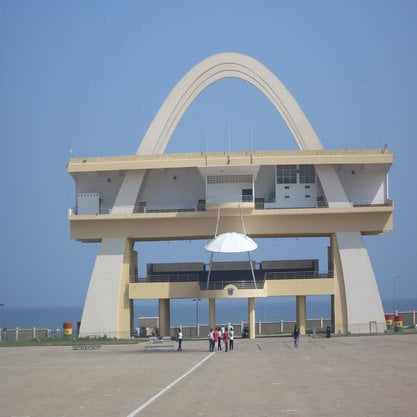Article
Lattier, Christian (1925–1978) By Vincent, Cédric
Article
Christian Lattier, nicknamed the “bare-handed sculptor” by art historian Yacouba Konaté, was among the pioneers of modern art in Côte d’Ivoire. His success was formally recognized in 1966 when he won the grand prize at the First World Negro Art Festival in Dakar. Despite this recognition, he died at age 53, in virtual obscurity in his home country. Lattier enrolled at the École des Beaux-Arts in Saint-Etienne (France) in 1947. One year later, he went on to study sculpture and architecture at the École Nationale Supérieure des Beaux-Arts in Paris. Paris is also where Lattier achieved his first artistic success; not long after his arrival, his original sculptures designed with wood, stone, wire, and a strong hemp fiber attracted considerable attention. Among his most famous works is Panthère, the larger-than-life crouching rope panther for which he was awarded the Chenavard prize in 1954—a prize awarded to the best students of art and architecture at the École des Beaux-Arts in Paris. In 1959 he was a part of the first Paris Biennal. Today, artists such Dominique Zinkpè recognize his influence on their work, and Lattier’s sculptures are deposited at the Musée National de Côte d’Ivoire in Abidjan.

